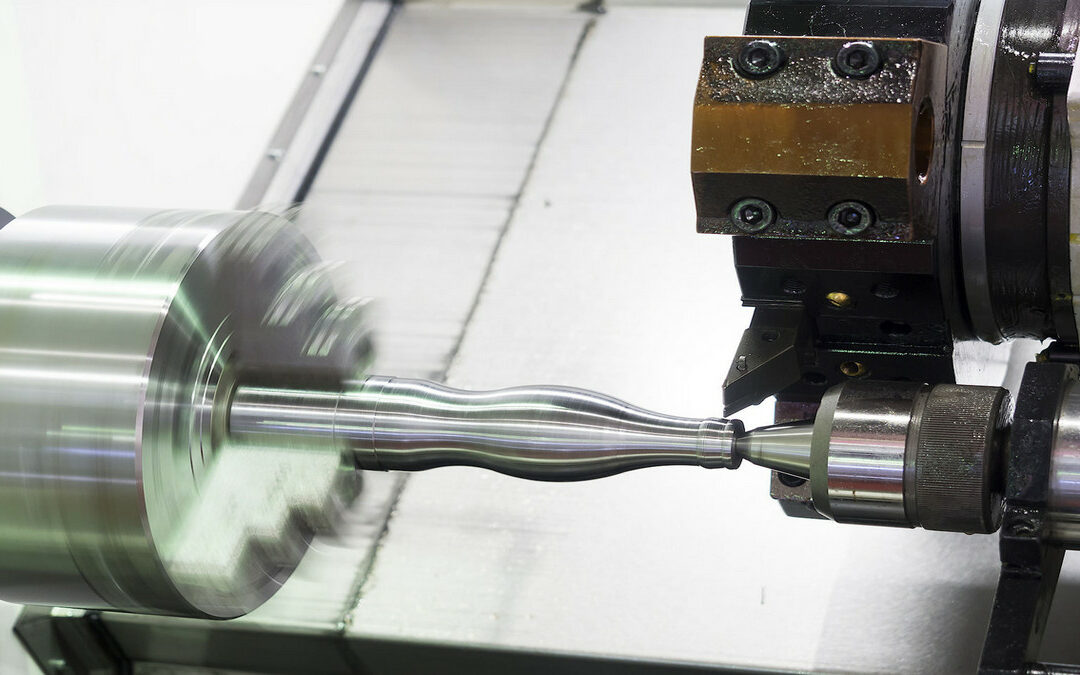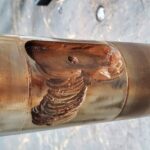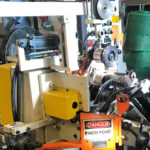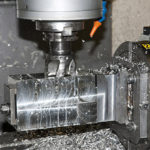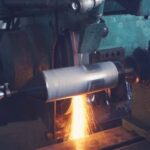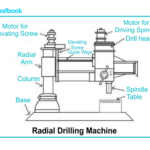Facing is a basic operation that can be done in two ways: Facing on a lathe and facing on a milling machine. Both milling and turning involve the removal of material to produce parts with specific features. Facing is the process of removing material from the ends and/or shoulders of a workpiece, using special tools to create a smooth surface perpendicular to the workpiece’s axis of rotation.
When facing on a lathe, the machinist uses a facing tool to cut a plane perpendicular to the axis of rotation of the workpiece. Then feed the face tool vertically through the shaft. Facing will accurately bring the workpiece down to its finished length, and depending on how much material needs to be removed, the machinist can choose to rough or finish. The lathe face allows the workpiece to rotate relative to the cutting tool.
What is Facing Operation?
Facing is a machining operation that can be performed on a lathe or a milling machine. Facing on the milling machine is primarily face milling while facing on the lathe is commonly used in turning and boring operations. Facing operation is one of the primary ways we can do on the lathe machine when we want to get any shape on a particular part.
Facing on a milling machine removes material by rotating the facing tool counterclockwise while the table feeds the workpiece through the tool. Tools used for face milling include end mills, face mills, shell mills, or fly cutters. Likewise, face milling can be performed manually and CNC machining, providing constant feed for optimum surface finish.
Factors affecting the end face machining performance of lathes:
- Material type of workpiece
- Tool size and material
- Workpiece clamping method
- Spinning speed
In any surface treatment process, it is important to have a qualified surface. Surface qualification is the process of removing microscopic errors on the surface of the workpiece and making the surface as uniform as possible. On the other hand, when facing a milling machine, the live tool moves and rotates around the workpiece. It is not uncommon for milling cutters to have multiple blades or teeth to remove excess material.
For the best surface finish, it is best to let the machine feed the table. CNC machines and newer manual machines have this feature, but older machines often don’t. Facing is the basic machining process, but they are the basis for other, more complex machining processes. By quickly creating a large, smooth surface, it is possible to continue other CNC operations and make precision parts to specification.
Read more: What is the End Face Operation in Machining?

